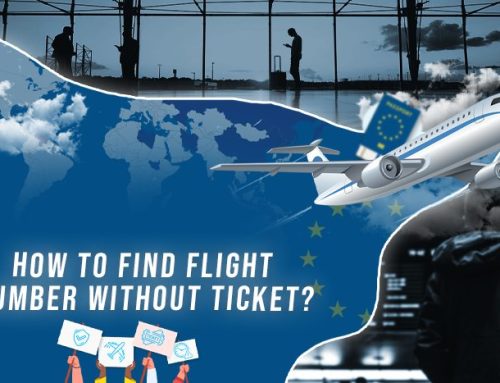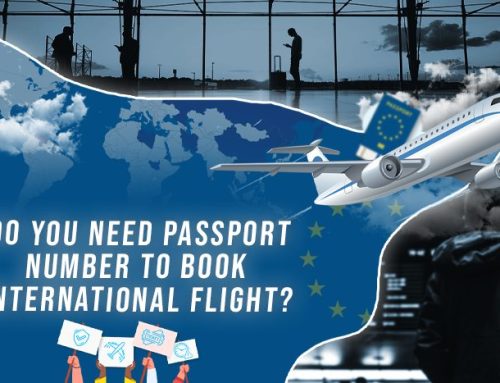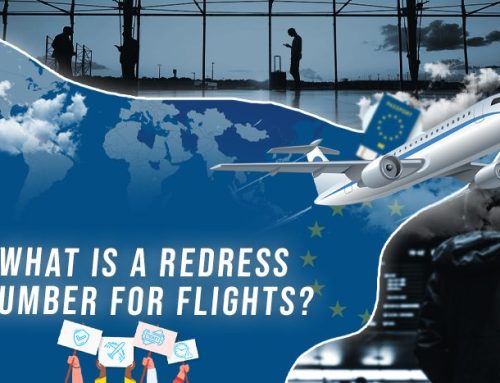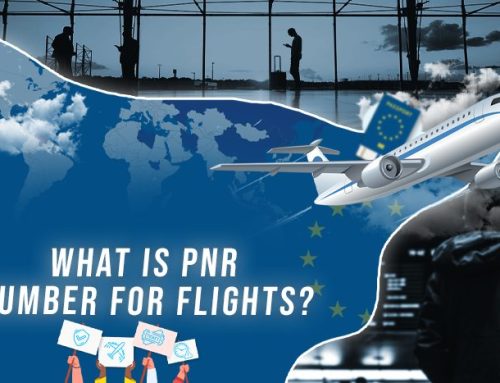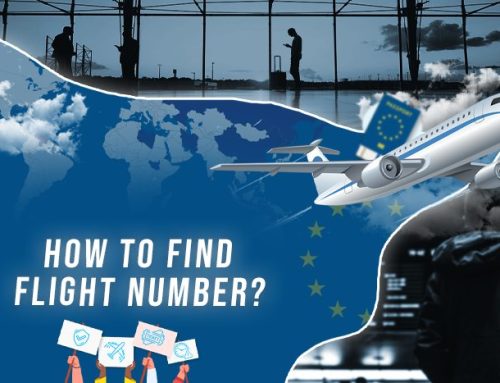When you’re flying with the wind, it can give the plane a boost, helping you get to your destination quicker. However, if you’re flying against it, it can cause some resistance, slowing you down. Wind plays an important part in air travel, but is it safe to fly in high winds? Yes! It’s safe to fly in high winds unless they are part of a tornado or other inclement weather event. Here’s all you need to know.
Key Takeaways
- Tailwinds in the jet stream can significantly shorten flight times, while headwinds can slow down the aircraft.
- Crosswinds exceeding approximately 34 to 40 mph can pose a safety risk, leading to flight delays or rerouting to ensure passengers’ safety.
- Weather-related disruptions are considered extraordinary circumstances beyond the airline’s control, but passengers may still be entitled to meals and drink vouchers during prolonged delays.
- Flight crews and airlines prioritize passenger safety and will ground flights if necessary to ensure safe take-offs and landings in adverse weather conditions.
- While high winds can cause some delays and disruptions, modern aviation technology and safety protocols make flying in high winds generally safe and manageable for most flights.
Flying and High Winds
High winds can have a negative effect on the plane in two scenarios: When they are taking off and when they are landing. In these cases, if the crosswinds are too high, or about 34 to 40 mph, you will be unable to proceed with your flight. If you’re taking off, you’ll be delayed, and if you are trying to land, you will need to either circle until they decrease or be rerouted to a new airport.
The same high winds that can be detrimental to you when you’re taking off, or landing can be beneficial when you’re in the air. If you catch the right tailwind in the jet stream, you can shave some time off your travel time. Depending on the conditions, it could shorten your flight by more than an hour!
Conversely, if you face headwinds, it will slow your flight down. It depends on which way you are traveling to see how the high winds can impact your flight once you’re in the air.
What if My Flight is Delayed by Wind?

In some cases, if the winds are really bad, your flight could be delayed or even canceled. If this is the case, you’ll need to work directly with your airline to get on a new flight once the conditions are better. If you no longer need to travel, you can request a refund.
If you are traveling in Europe, you may wonder if EC 261 applies. Unfortunately, it does not. This is because weather cancellations qualify as extraordinary circumstances, and they are outside the airline’s control. Because of this, you are not able to claim additional compensation under this law.
However, that doesn’t mean you still don’t have rights! Depending on the length of your delay, the airline may provide meals and drink vouchers. Be sure to read their policies to see what you are entitled to if you face unforeseen delays and cancellations due to high winds.
Conclusion
High winds can impact your travels in one of three ways: delay your flight, speed your flight up, or slow your flight down. In most cases, you can fly in high winds unless they impact take-off or landing. If they are between 34 to 40 mph, you may not be able to take off or land until the wind subsides from an abundance of caution.
This is because it could be dangerous, knocking you off your path. It is rare, so while high winds can be cause for grounding, typically, airplanes have no trouble flying in high winds.
Frequently Asked Questions
-
Are high winds always a cause for concern during air travel?
High winds can be a concern, particularly during take-off and landing. Crosswinds exceeding certain limits can make these critical flight phases unsafe, leading to possible flight delays or rerouting. However, once the aircraft is in the air, high winds can also be beneficial, reducing travel time with tailwinds or causing slight delays with headwinds.
-
How do airlines determine if the winds are too strong for take-off or landing?
Airlines and pilots rely on weather data and wind forecasts to assess the conditions before every flight. They consider the strength and direction of crosswinds in relation to the aircraft’s capabilities and the runway’s orientation to determine if it’s safe to proceed with take-off or landing.
-
What happens if my flight is delayed or canceled due to high winds?
If your flight is delayed or canceled due to high winds, you’ll need to work directly with the airline. They may offer you the next available flight once conditions improve or provide alternative travel arrangements. Depending on the airline’s policies and the duration of the delay, you may also be entitled to meals and drink vouchers as part of their customer service.
-
Can I claim compensation for a flight delay caused by high winds?
No, compensation under EC 261 is not applicable for flight delays or cancellations caused by high winds. Weather-related disruptions are considered extraordinary circumstances outside the airline’s control, exempting them from providing additional compensation. However, passengers still have certain rights, such as assistance with meals and drinks during extended delays.
-
Is flying during high winds riskier than in normal conditions?
Flying during high winds is generally safe, as modern aircraft are designed to withstand various weather conditions. Pilots are trained to handle crosswinds during take-off and landing. Airlines prioritize safety and will not operate flights if the conditions pose a significant risk. While high winds can cause some inconvenience and delays, they are not a common cause of accidents in commercial aviation.



